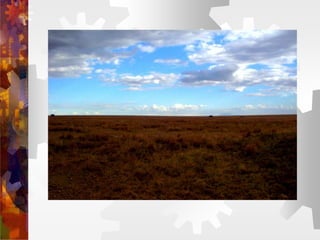The document outlines the seven elements of art: line, value, texture, shape, form, space, and color, emphasizing their roles as tools for artists in creating effective compositions. Each element is defined and explained with examples to illustrate their significance in contemporary artwork. The document also touches on color theory, including color schemes and emotional impacts of colors.















































